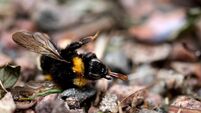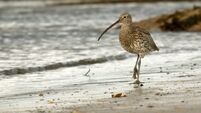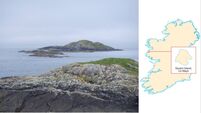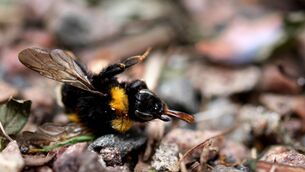Learn how to lay a new hedgerow and how to look after an existing one

'Patchwork quilt' fields bounded by thriving hedgerows. Hedgerows Ireland was founded in 2004 by a group of hedge layers and other interested individuals. It is a member of the Irish Environmental Network and the Environmental Pillar and also receives funding from the Heritage Council
Although some can be dated even earlier, most of Ireland’s hedgerows were planted during the 1700 and 1800s when landowners were obligated to plant permanent property boundaries. Hedgerows were made into impenetrable, long-living barriers through the practice of hedge laying which rejuvenates the trees to beyond their natural life-span.
However, their function of enclosing livestock is now often fulfilled by fences, leading to the current neglect of our hedgerows. The beautiful flowering native trees cris-crossing farms and urban areas are being taken out to re-structure or enlarge fields, and to build new developments.
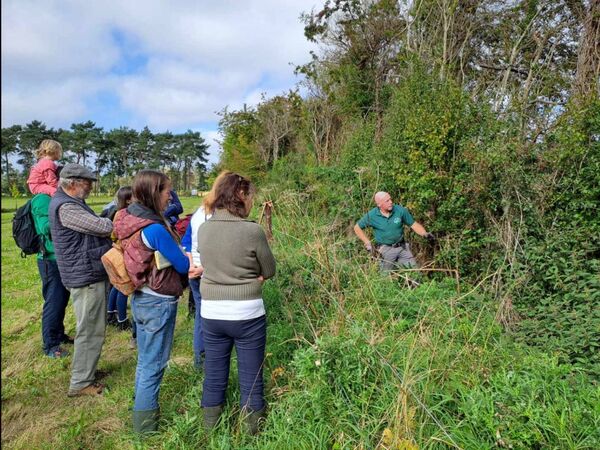
Even if not removed, traditional hedgerow management has been mostly replaced with heavy mechanical flails which shatter stems, inviting disease, and produce a gappy base and 'knuckle line' if cut at the same height each time.
To retain their history and value as a nature-based solution, we must proactively conserve remaining hedgerows and re-plant those that have been lost.
Hedgerows’ values and contributions to people include better soil drainage as their deep roots increase water infiltration, which mitigates flooding and improves water quality by reducing run-off of pollutants to our rivers and lakes. In 2023, many Irish businesses and homes are already struggling with more frequent flooding that could be reduced with healthier hedgerows throughout the catchment.
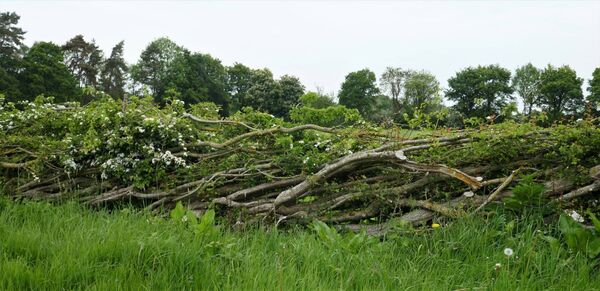
Hedgerows also provide vital shade and reduce evapotranspiration during extreme heat. On farms, this allows livestock to cool down and graze grass that is moist and less heat-burnt. In towns, trees combat the urban heat island effect and the associated threats to human health. As well as helping us adapt to climate change impacts, hedgerows mitigate them by storing carbon in their woody material and surrounding soil.
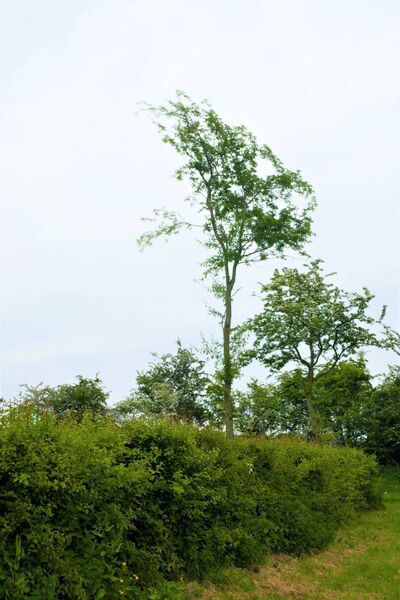
Nature also has an intrinsic right to be protected regardless of its values to humans. Back in 2010, Teagasc’s Hedge Map indicated that hedgerows cover 6.9% of Ireland’s total land area, combined with scrub and non-woodland trees. Contrast this with the 1% of our remaining native woodlands, and it’s easy to understand the importance of hedgerows for our struggling wildlife. Our farmland birds are faring particularly poorly with the loss of hedgerows and accompanying field margins. These struggles are mirrored in the decline of pollinators such as bumblebees and solitary bees, who sometimes only forage at most a few hundred metres from their nest. Bats also rely on hedgerows as linear features and a barrier against light pollution to navigate to feeding areas and roosts.
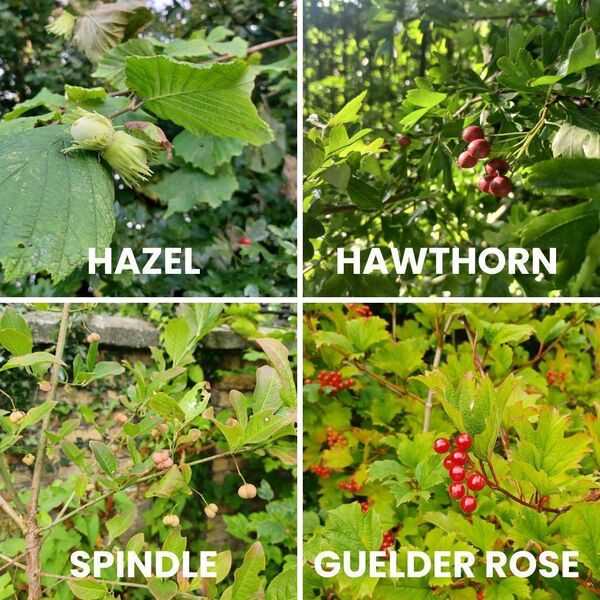
- Plant species such as hawthorn, spindle, guelder rose, whitebeam, bird cherry, wild cherry, rowan, crab apple, willow, and whitebeam. Elder is also pollinator-friendly but tends to dominate other species, so ideally should be planted in areas outside of the hedgerow. Hazel, holly, and blackthorn are other excellent additions — though injuries from blackthorn are a hedge layer’s nightmare!
- Plant native trees of Irish provenance every 30cm in two staggered rows with a 40cm gap between rows.
- Lightly trim in an A-shape on a 3-4-year rotation (hawthorn only flowers on old growth, so has fewer flowers if cut annually).
- Hedge laying on a 15-20-year cycle will increase density. Coppicing is another option for extra gappy hedgerows.
- Create bare soil sites manually with a spade or by allowing livestock to graze back some of the surface vegetation. Well-drained, sunny south or west facing banks are best. If you don’t have a bank, use dry flat ground.
- Do not use pesticides or fertilisers. The latter encourage more nutrient-rich plants which reduce species diversity in the hedgerow’s herb layer. Manage your wildflower areas using the All-Ireland Pollinator Plan.
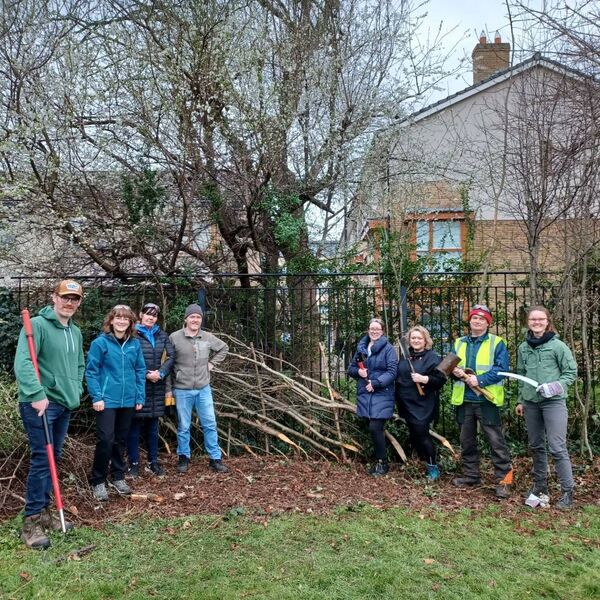
These actions can be taken by anyone! If you manage your own land, implement them there. If you live in an apartment or housing estate, coordinate with other community members to manage hedgerows in a shared green space. Your local Tidy Towns group and Council’s Biodiversity or Heritage Officers are a great resource and can help you fund community projects.
You can find information on hedge laying and sign up to the Hedge Code campaign here. There are upcoming 'Introduction to Hedge Laying' events in Wexford, Offaly, West Cork, Boherbue, Wicklow, and Kildare.
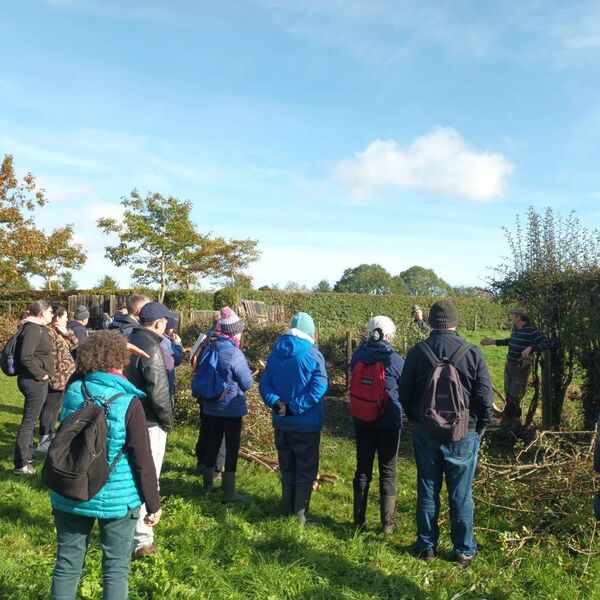
- Hedgerows Ireland was founded in 2004 by a group of people passionate about building a network of native hedgerows managed in a nature-friendly way. We work to achieve this by sharing knowledge, providing training, and advocating for policy change. We are grateful to the Irish Environmental Network and the Heritage Council for their support and funding throughout the years.
